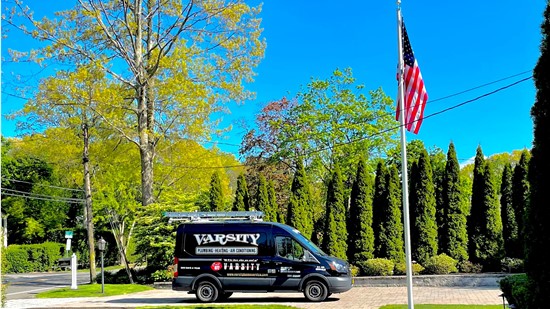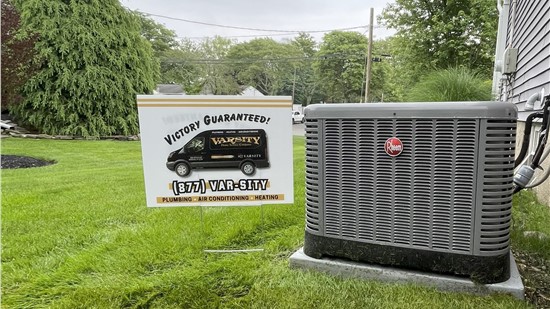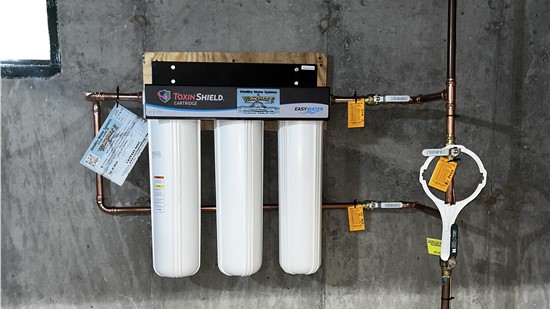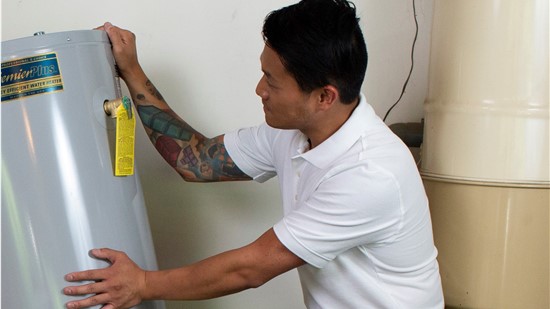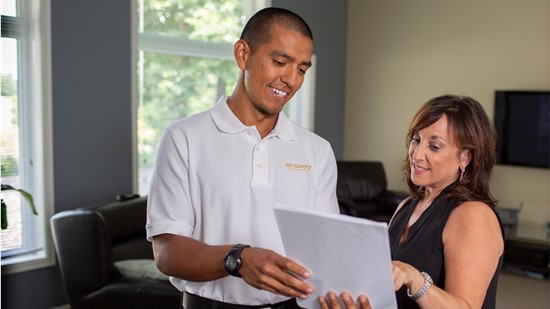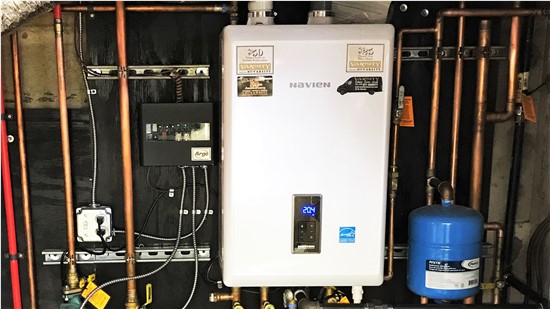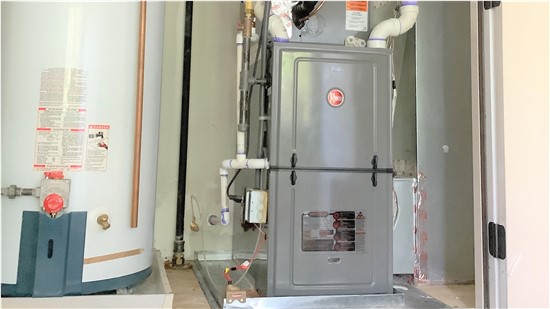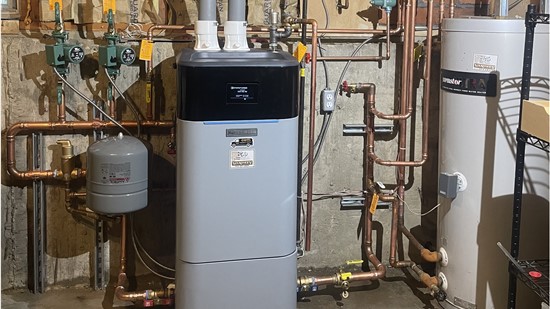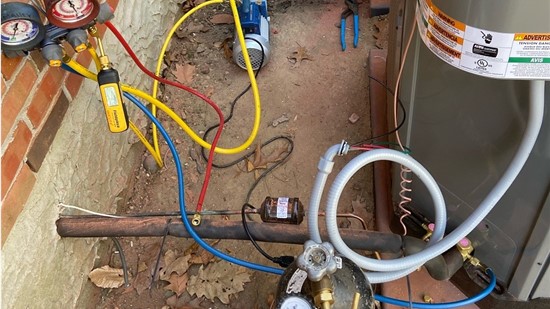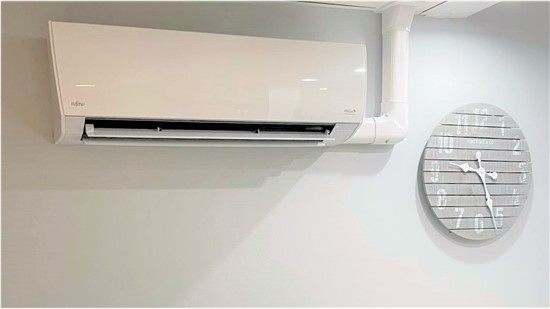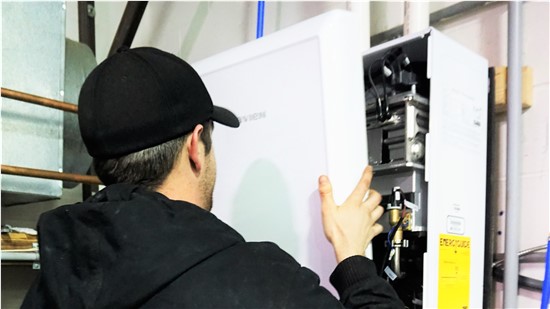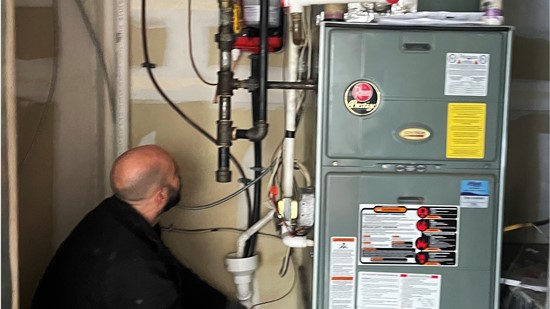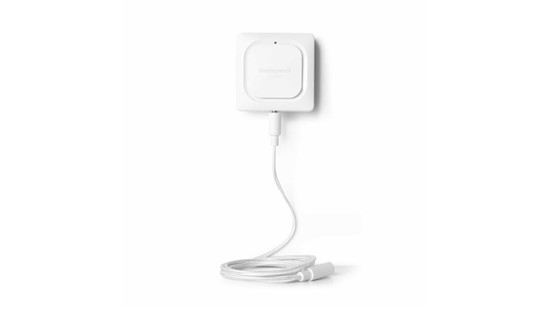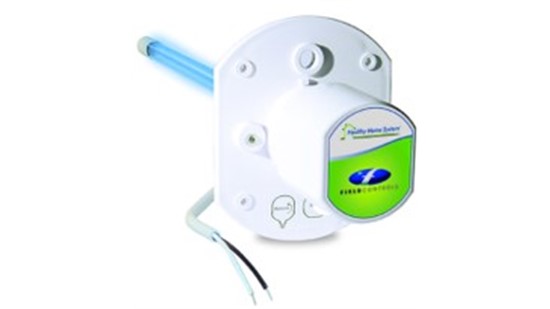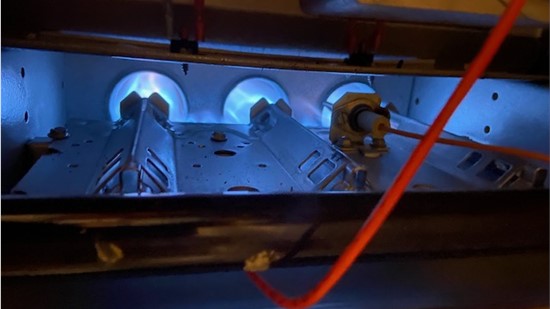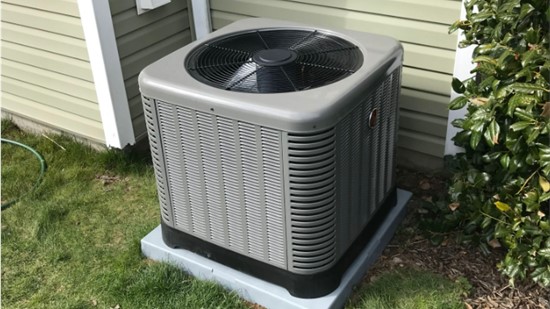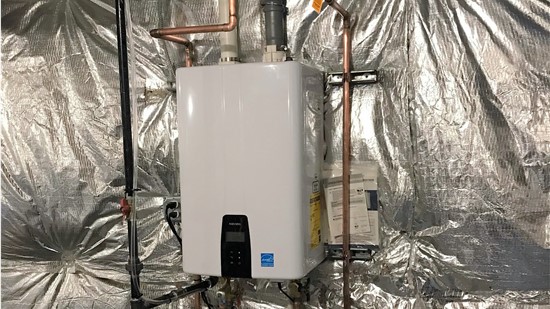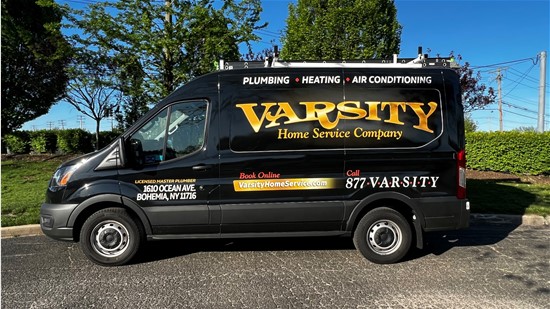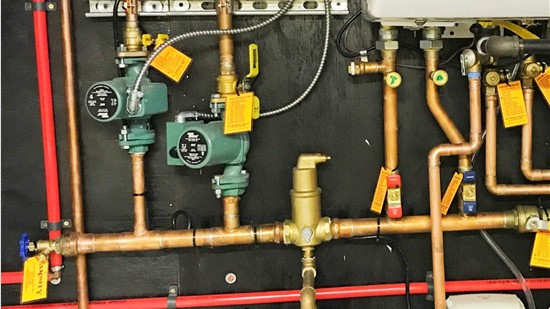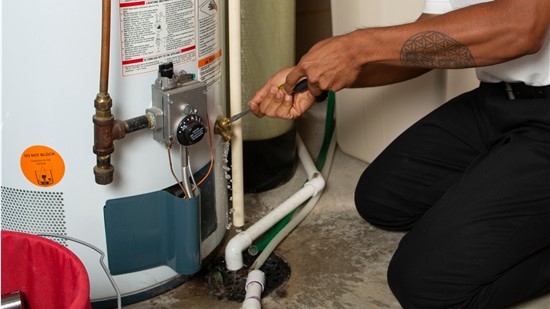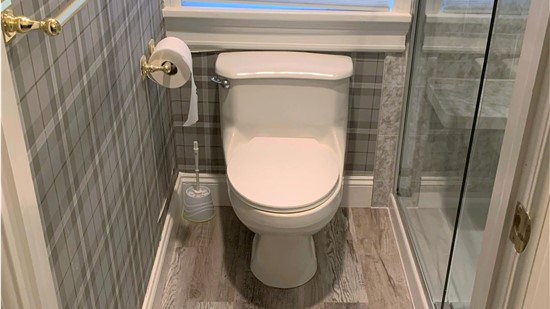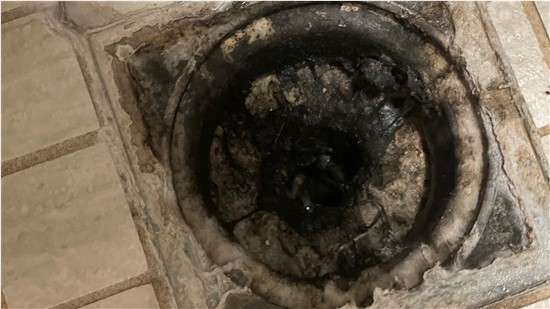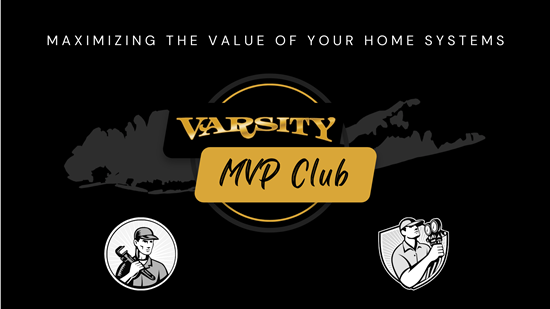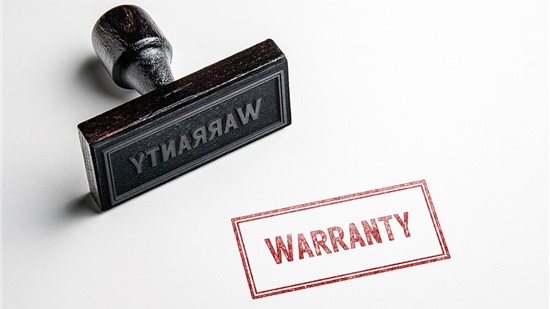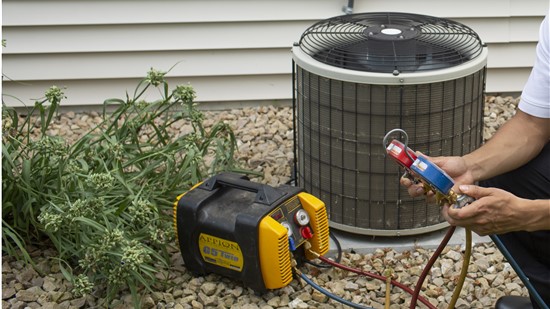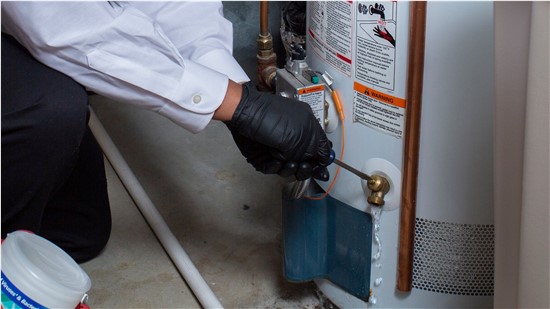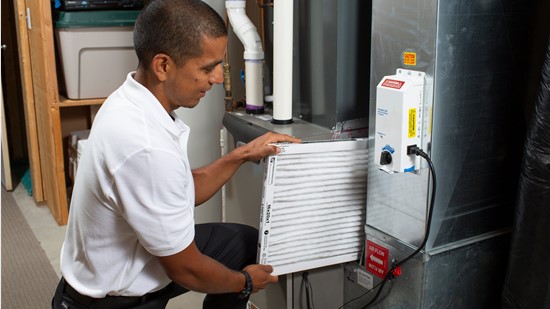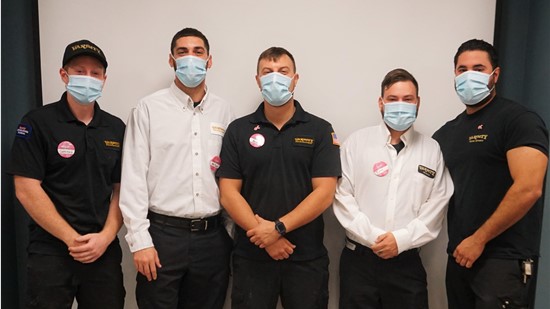$50 Off for First Time Customers
Welcome to the Varsity family of happy customers! As a welcoming gift, we are offering $50 off with this coupon!
$200 Off A/C System Installation
Upgrading your A/C system or in need of a new one? Contact the experts at Varsity and save $200 on installation with this coupon!
$100 Off Water Filtration System Install
Enjoy clean water today with a new water filtration system from Varsity. Save $100 with this coupon!
$100 Off Water Heater Replacement
Water heater letting you down? Save $100 on a new water heater with this coupon!
Flexible Financing with Approved Credit
Varsity Home Service offers fair prices and flexible financing with approved credit, which makes it easier to budget for the plumbing and HVAC services you need for your Long Island home. Contact us today to learn more or to schedule a free, in-home consultation.
$200 Off Heating System Replacement
Looking to get a new heating system? Work with the best and save $200 with Varsity! Display this coupon to get your discount.
$200 Off Furnace Replacement or Install
Don't get stuck in the cold! Get a new furnace from the experts at Varsity and save $200 with this coupon!
$200 Off Boiler Install or Replacement
Don't get stuck in the cold! Get a new boiler from the experts at Varsity and save $200 with this coupon!
$50 Off A/C System Repair
Make sure your A/C system is in tip-top shape with A/C repairs from Varsity! Use this coupon for $50 off your repair service.
$200 Off Ductless Mini Split Install
Save on your new ductless mini split system with this $200 off coupon from the expert technicians at Varsity!
15% off All Indoor Air Quality Products
In an effort to help families affordably keep their homes safer during this difficult health crisis, Varsity Home Service is offering 15% off all indoor air quality products.
$200 Off A/C System Replacement
Get the best A/C system for your home with the help of Varsity! Save $200 our superior systems with this coupon!
$200 Off Tankless Water Heater Replacement or Install
Save on your tankless water heater replacement or new installation with this coupon!
$50 Off Slab Leak Repair
Don't let leaking pipes hide under a slab. Get your slab leak repaired and save $50 with this coupon!
$50 Off Gas Leak Repair
Gas leaks shouldn't be left unattended! Get them taken care of right away and save $50 with this coupon!
$25 Off Toilet Repair or Replacement
Save $25 off your toilet repair or replacement service with this coupon!
$50 Heating Inspection
70% off for a limited time only. Call for details. 07/14/2025
Expires 07/14/2025 Share
$50 Off Sump Pump Replacement
Don't wait until your home is flooded to replace it. Call Varsity today to get a new sump pump and use this coupon to save $50!
$25 Off Drain Cleaning Service
Keep your drains flowing free with the help of our draining cleaning service. Use this coupon to get $25 off!
Maintenance Plans
Varsity Home Service offers maintenance plans to suit the needs of every home. Contact us today to learn more about our Long Island maintenance plan options and to schedule a free, no-obligation consultation.
Warranty Coverage and Guarantees
When you invest in your Long Island home, you want to know that investment is protected. Varsity Home Service's guarantees give you that peace of mind. Contact us today to learn more or to schedule a free, in-home consultation.
Air Conditioning Tune-Up Special
$149.95 for A/C Tune-Up Plus 1 Year MVP Club Membership. Membership includes discounts on repairs, discounts on equipment replacement, annual maintenance service, and exclusive members-only offers.
Plumbing Maintenance Special
$149.95 for One Whole-Home Plumbing Maintenance Visit Plus 1 Year MVP Club Membership. Membership includes discounts on repairs, discounts on equipment replacement, annual maintenance service, and exclusive members-only offers.
Heating Tune-Up Special
$149.95 for Heating System Tune-Up Plus 1 Year MVP Club Membership. Membership includes discounts on repairs, discounts on equipment replacement, annual maintenance service, and exclusive members-only offers.
We're Hiring!
At Varsity Home Service, you will build a rewarding career with room to grow and opportunities to excel. Above all, you will find a home and a future on our award-winning team. Join our team, and you'll join the Varsity family.
